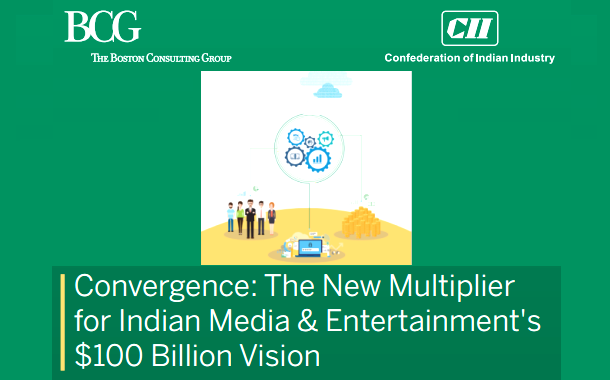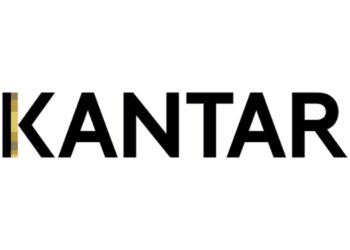The Indian media and entertainment (M&E) industry’s revenue was Rs 1.17 trillion in 2015. The estimated revenue for 2016 is Rs 1.3 trillion with current growth at a compound annual growth rate (CAGR) of 10-12% and it is projected to reach Rs 2 to 2.2 trillion in revenue by the end of 2020, according to a report jointly published by consulting firm Boston Consulting Group (BCG) and lobby group Confederation of Indian Industry (CII), titled Convergence: The New Multiplier for Indian Media & Entertainment’s $100 Billion Vision.
The report said that the industry is on the cusp of a potential consumption boom, driven by digital media as well as the increasing number of digitally connected rural consumers. Industry revenue has the potential to grow five- or sixfold over the next 10 years, the report said.
“The digital medium now has the wherewithal to change the game for the industry and prove itself to be pivotal to future progress. Although, the per capita consumption of traditional media continues to grow at 3%, digital consumption has expanded at a much more exponential pace clocking up to 15% annually,” the report said.
According to the report, the digitally connected population consumes approximately 50% more media on a per capita basis than consumers without any access to the Internet. Over the past five years, digital content created per year has grown at 50% annually.
Digital consumption of media indicates viewing habits and content preferences of the consumers, said Kanchan Samtani, a partner at BCG India. “Leveraging this data intelligently can help content creators customize new content to consumer tastes and preferences to create targeted hits and subsequent success,” she said, adding that digital media consumption by rural consumers is on the rise.
With smartphones and mobile data becoming affordable, the number of connected rural consumers will increase from about 120 million in 2015 to almost 315 million in 2020, according to the report.
“Rural consumption in recent times has been growing at a faster pace than urban consumption patterns. This is because of pent-up demand and the willingness of rural consumers to trade up to latest technologies such as HDTV channels and 4G mobile devices,” said Chandrajit Banerjee, director general at CII.
However, TV remains the largest component of the industry by far and is estimated to grow at a CAGR of 11-13% to Rs1.03-1.12 trillion in 2020 from Rs69,000 crore in 2016. With the increase in television households, the segment will see a rise in subscription revenue while overall ad spending will be driven by growth in the consumer goods industry.
Growth for print media (newspapers and magazines) is projected at 4-6% CAGR, reaching Rs33,000-37,000 crore by 2020. According to the report, regional publications will be drive most of this growth as English papers’ circulation and ad revenues have fallen. “In the period between 2010 and 2016, it (newspapers) lost 8% of ad market share to digital and circulation of English newspapers has declined,” the report said.
Of the traditional media, radio is estimated to grow at an accelerated rate of 14-16% to touch Rs4,400-4,700 crore by 2020.

















